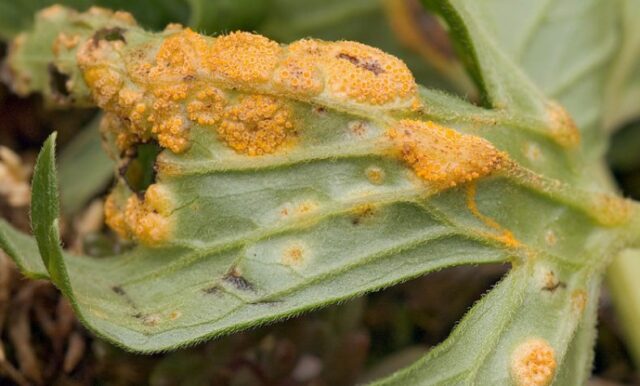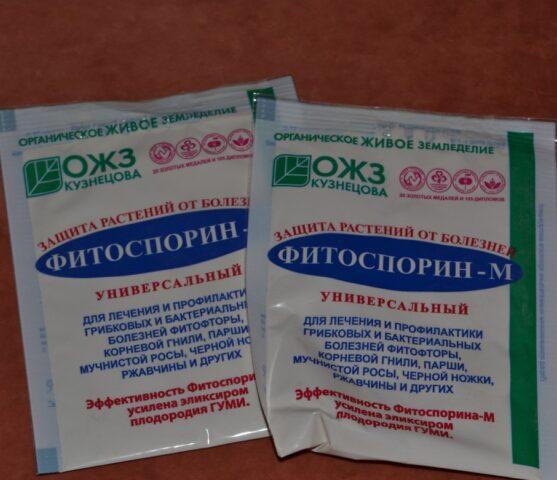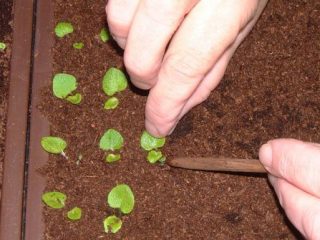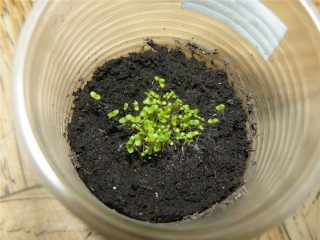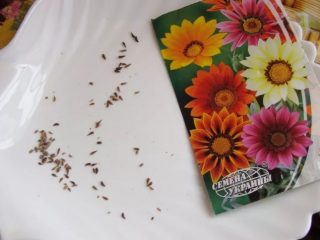Content
Clarkia graceful is an ornamental annual plant belonging to the Fireweed family. The flower has gained the favor of gardeners thanks to its lush and long-lasting flowering, elegant appearance and wide range of petal colors. The first to bring the plant to Europe from California was William Clark.
Description of Clarkia graceful
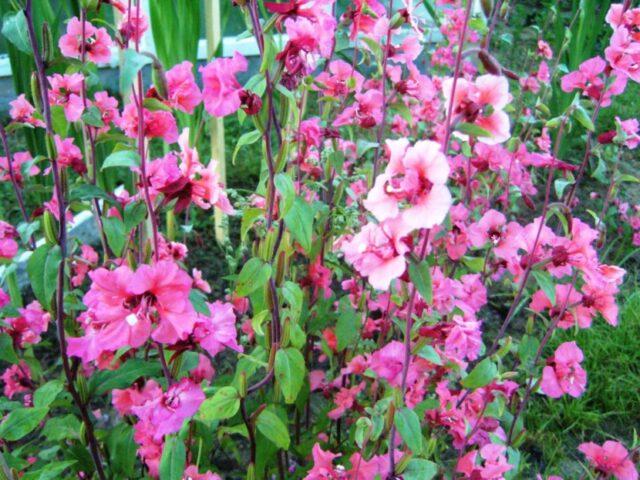
Clarkia graceful - small bush
Depending on the variety, the height of the plant ranges from 30 to 90 cm. The stems of the plant are slightly pubescent, thin, but dense. The lower part of the shoot is woody.
The leaf blades are dark green, lanceolate, sparsely toothed along the edges. Clarkia graceful flowers (pictured) are located in the axils of the leaves. They are small, 3-4 cm in diameter, regular in shape, graceful. Their color range is wide. There are monochrome ones: purple, orange, red, crimson and pink. There are two-color ones - with dots or splashes.
Growing clarkia graceful from seeds
The graceful clarkia can only be propagated by seeds. In this case, there are two methods - seedlings and non-seedlings.In the second case, the seeds are sown directly into the ground. Sowing is carried out at the end of April or at the beginning of May. Two weeks before the procedure, you should prepare the area - dig it up, having previously distributed complex mineral fertilizers over the bed in accordance with the instructions.
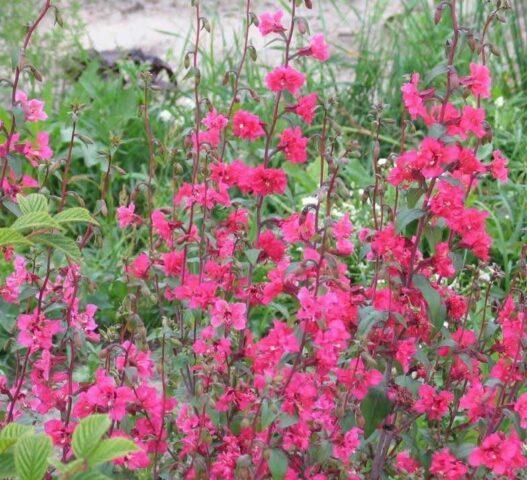
Some gardeners practice pre-winter sowing of Clarkia, which is carried out at the end of September or early October.
When to plant clarkia seedlings
When growing graceful clarkia in seedlings, sowing is carried out in March. In this case, the seedlings will be reliably protected from temperature changes, frosts, strong winds, and the plant will bloom in early June.
Seed preparation
Before sowing, it is recommended to soak the planting material for 2.5-3 hours in a weak solution of potassium permanganate. To prevent the seeds from floating to the surface, they are wrapped in a bandage, gauze, or a piece of thin cloth, then dipped into the prepared solution. To remove excess water, the seeds are laid out on a dry cloth or napkin. Dry at room temperature.
Selection of capacity
The container for growing clarkia seedlings should be shallow. If there is no suitable container, you can use cups, but they are not very convenient to work with. Some recommend using peat tablets and then transferring the seedling into the ground with them.
Before filling the container with soil mixture, it is disinfected. The container is disinfected by treating the walls with hydrogen peroxide or alcohol, or by pouring boiling water over it.
Sowing technology
After the containers are filled with slightly acidic soil, the clarkia seeds are laid out on the surface. You can’t bury them in the ground; just tamp them down with a plank and spray them with a spray bottle.After this, the container is covered with glass or film and placed in a warm room for germination.
Containers with graceful clarkia seedlings are ventilated daily. The transparent cover is removed as soon as the shoots appear. Seeds germinate 10-14 days after entering the soil.
Seedling care
Caring for graceful clarkia seedlings comes down to timely watering and providing a sufficient amount of ultraviolet light. When the first pair of leaves appears on the seedlings, the seedlings dive.
Transplantation into open ground
The shrub is classified as light-loving, but it also feels good in partial shade. Graceful clarkia prefers loose, fertile, slightly acidified soil. If the soil is not suitable for the crop, it is easy to fix.
You can acidify the soil in different ways:
- water the beds intended for growing clarkia with a solution of oxalic or citric acid (1.5 tablespoons of reagent per 10 liters of water);
- add 60 g of sulfur per 1 m2 to the soil2;
- add 1-1.5 kg of peat per 1 m2.
When the soil is excessively acidic, lime is added to it.
How to plant:
- The graceful clarkia is transplanted into the holes not one seedling at a time, but in “bundles”, along with a lump of earth.
- Having lowered the root into the hole, it is sprinkled with soil. Then the crop is watered.
- A support is placed next to the seedlings, since the seedlings need staking.
- After planting, the seedlings are pinched so that Clarkia graceful grows more bushy.
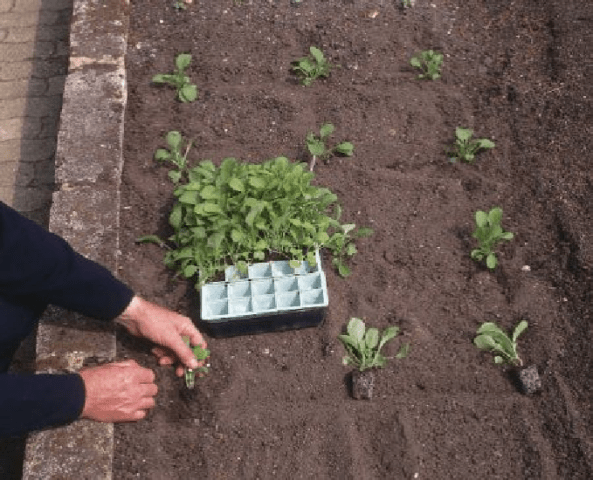
The distance between plants is maintained at 20-40 cm
Rules of care
Caring for graceful clarkia seedlings is easy. In order for a plant to bloom profusely and for a long time, it is not necessary to have special gardening skills.
Watering
In dry weather, Clarkia is watered moderately twice a week. They spend enough water so that it is quickly absorbed and does not stand in a puddle near the bush. Excess moisture in the soil will cause rotting of the root system, and as a result, the flower will wither. To prevent the problem, it is recommended to plant graceful clarkia in well-drained soil.
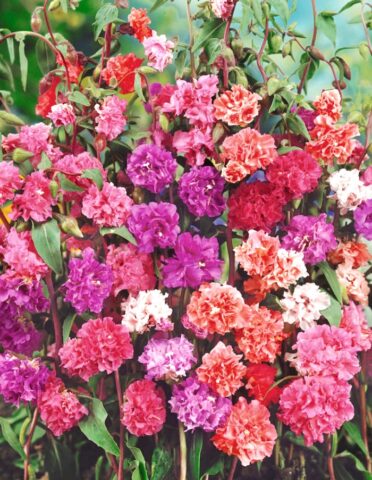
If the region rains frequently, additional irrigation is not necessary
Loosening
The next day after watering, the soil around the plant is loosened, simultaneously removing weeds. This procedure prevents the formation of a crust on the soil surface and saturates the clarkia roots with oxygen.
Fertilizer
The plant is fed twice during the growing season. The first time the graceful clarkia is fertilized during the budding period, the next time - during the flowering of the bush. Organic fertilizers are not applied to the annual plant; only mineral fertilizers are used. The plant especially needs support during dry periods. In order for the crop to bloom luxuriantly and brightly, it is recommended to add wood ash to the soil.
Garter
To prevent Clarkia shoots from breaking under gusts of wind, they are tied to a support. It is installed during planting of the bush.
Care after flowering
The crop reproduces by self-seeding, so there is a high probability that next year its independent revival should be expected in that place. The soil and bed must be prepared in advance.
When the crop has faded, in late autumn the above-ground part of the clarkia is cut off at the root, and weeds are removed from the area along with the shoots.After which the soil is dug up and the roots are selected.
Seed collection
If faded inflorescences are not removed, seed pods form on them. Small seeds are formed in them. After complete ripening, the capsule opens and the seeds spontaneously spill out.
If a gardener is going to grow graceful clarkia seedlings on his own, then the selection of suitable inflorescences should be done during flowering. The most lush and beautiful buds should be noted, and when they wither, so that the seed material is not sown, tie them with cotton cloth. A month later, when the boxes are ready, they are cut off. The seeds are poured onto a sheet of white paper and dried. Store planting material in a paper envelope or box.
Pests and diseases
The graceful clarkia is endowed with good immunity, but if agrotechnical standards are violated, it can be attacked by pests and affected by fungal diseases.
Diseases that threaten to appear on a crop if mistakes were made during the cultivation process:
- Rust develops on a shrub if it is planted on loamy soil. The disease manifests itself as brown-yellow spots on the leaves. Fungal disease occurs when there is excess moisture, and also if the gardener gets carried away with nitrogen-containing fertilizers. As a preventative measure, Clarkia beds are sprayed with Bordeaux mixture or Topaz fungicide.
- Downy mildew is characterized by the appearance of dark spots on the back of the leaf blade. If signs of disease are found on the bush, you can try to save it at the initial stage. To do this, the affected parts of the plant are removed, taken outside the site and burned. Plantings are treated with fungicides Olirna or Fitosporin-M.
Mealybugs pose a danger to annual plants. Only insecticides will help cope with it. Occasionally, aphids settle on clarkia. You can protect the crop from it by spraying the flower bed with a tincture of garlic or citrus peels.
Conclusion
Clarkia graceful is an undemanding crop, sowing and caring for which does not cause much difficulty. After transplanting into open ground, the seedlings quickly adapt and are not afraid of slight frosts and drafts.
